Electrical installation
Find all the information you need about electricity installations, so that you can solve any problems you may experience.
What are circuit breakers and what do they do?
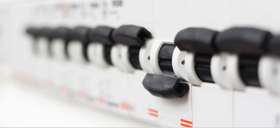
The circuit breaker (CB) is a control element that automatically switches off the electrical installation when there are several devices operating at the same time and they exceed the power you have signed up for.
According to current regulations (article 10 of RD 1454/2005) it is compulsory to have this circuit breaker in homes. If you do not have it, a series of penalties will be applied to your electricity bill (second additional provision of Order ITC/1559/2010).
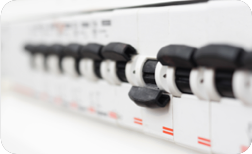
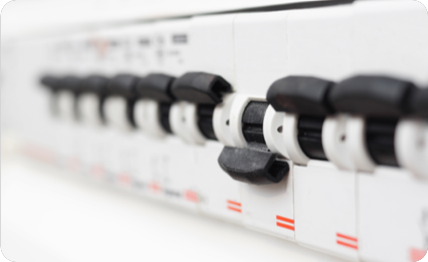
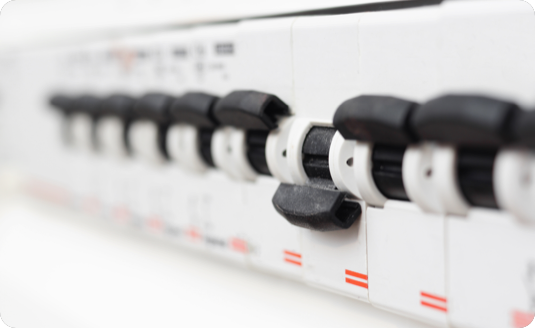
According to current regulations (article 10 of RD 1454/2005) it is compulsory to have this circuit breaker in homes. If you do not have it, a series of penalties will be applied to your electricity bill (second additional provision of Order ITC/1559/2010).
Where can I find this CB?
If you have a smart meter, the CBs will have been removed from the electrical panels in the home and are inside the meters. If the CB trips, it cuts off the power supply to the entire house. To switch the power back on, proceed as follows. For instructions on how to switch the power back on, see here You can see the instructions to reactivate the electrical fluid.
What should I do if I have a power cut?
If the power supply is cut off from your home, you may have exceeded your maximum contracted power and this has disconnected you from the grid. To reconnect your electricity supply, proceed as follows:
1. Open the household electrical panel.
2. Switch down all the switches in the general panel.
3. Wait for 5 to 10 seconds.
4. Starting from the left, switch all the switches up again.
If any of the switches trip when you switch them up, call an electrician.
If any of the
switches on the left trip when you try to switch them up, call an electrician.
If you
are an IBERDROLA Electrical Emergencies or Household Electricity Protection customer, call
us on 900 22 45 22
Questions about your electrical panel?
We answer all your questions about standard electrical panels here. Household electrical panels usually contain several switches:
What is the automatic main switch (AMS)?
This switch protects the entire household electrical installation from overloading and short circuits. It is on the left of the electrical panel.
What is the Differential Switch (DS)?
This is normally on the right-hand side of the General Switch. This is the most important protective device in the entire installation. It cuts the electrical current in case of a shunt or defect in the installation or in any of the devices you have connected, preventing the electricity from going through people. It has a button so that you can check it is working correctly.
What are Small Circuit Switches?
They protect the installation from short circuits and overloads in
each of the interior circuits. There are usually several independent circuits, each of
which has its own switch. Homes usually have switches for each of the following
circuits: kitchen, oven, washing machine, dishwasher, refrigerator, lighting, sockets.
In older homes, electrical panels only have a few switches.
What is the Surge Arrester (SAS)?
Modern electrical panels contain a surge arrester switch (SAS), which protects devices connected to the installation from power surges (lightning, for example).
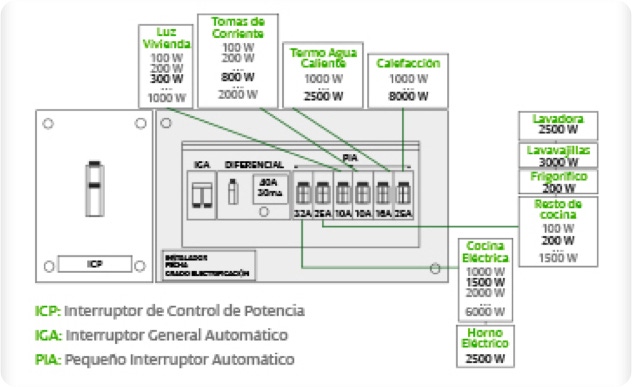
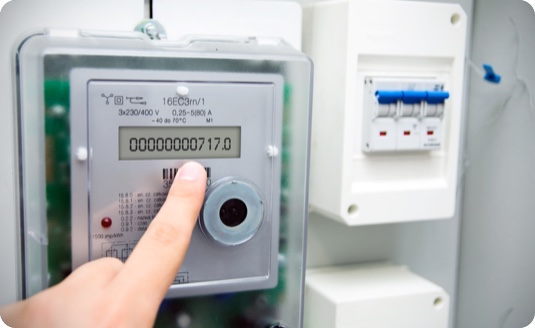
Customers and supply companies have the right to request the checking of the measurement and control equipment installed by them at any time and from the relevant body. The costs of this verification, as well as the settlement, are determined by the body.
If it is the customer who requests the check, but the measurement and control equipment is working correctly, the costs will be borne by the customer. In all other cases, they are paid for by the company.

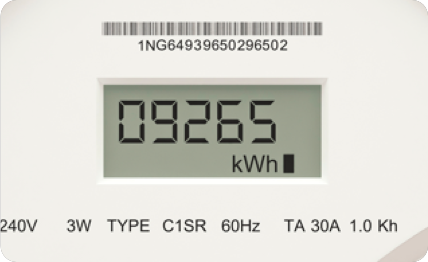
The maximeter records the maximum power required by a customer in a period of 15 minutes. This serves to establish the power term of the billing period. It is usually placed on the active meter of the measuring equipment.
Nowadays, the traditional needle maximeters are being replaced by an all-in-one device. With this all-in-one instrument, you no longer need a meter for each type of consumption and to read the power, since, as its name suggests, several meters are integrated into one device.
Billing by means of a maxi-meter
Billing can be calculated in two ways:
- If the power shown on the maximeter is less than 105% of your contracted power, you will be billed for 100% of that contracted power.
- If the power shown on the maximeter is greater than 105% of your contracted power, you will be billed for the power shown by the maximeter plus twice the difference between the power shown and 105% of your contracted power.

Billing by means of a maxi-meter
Billing can be calculated in two ways:
- If the power shown on the maximeter is less than 105% of your contracted power, you will be billed for 100% of that contracted power.
- If the power shown on the maximeter is greater than 105% of your contracted power, you will be billed for the power shown by the maximeter plus twice the difference between the power shown and 105% of your contracted power.
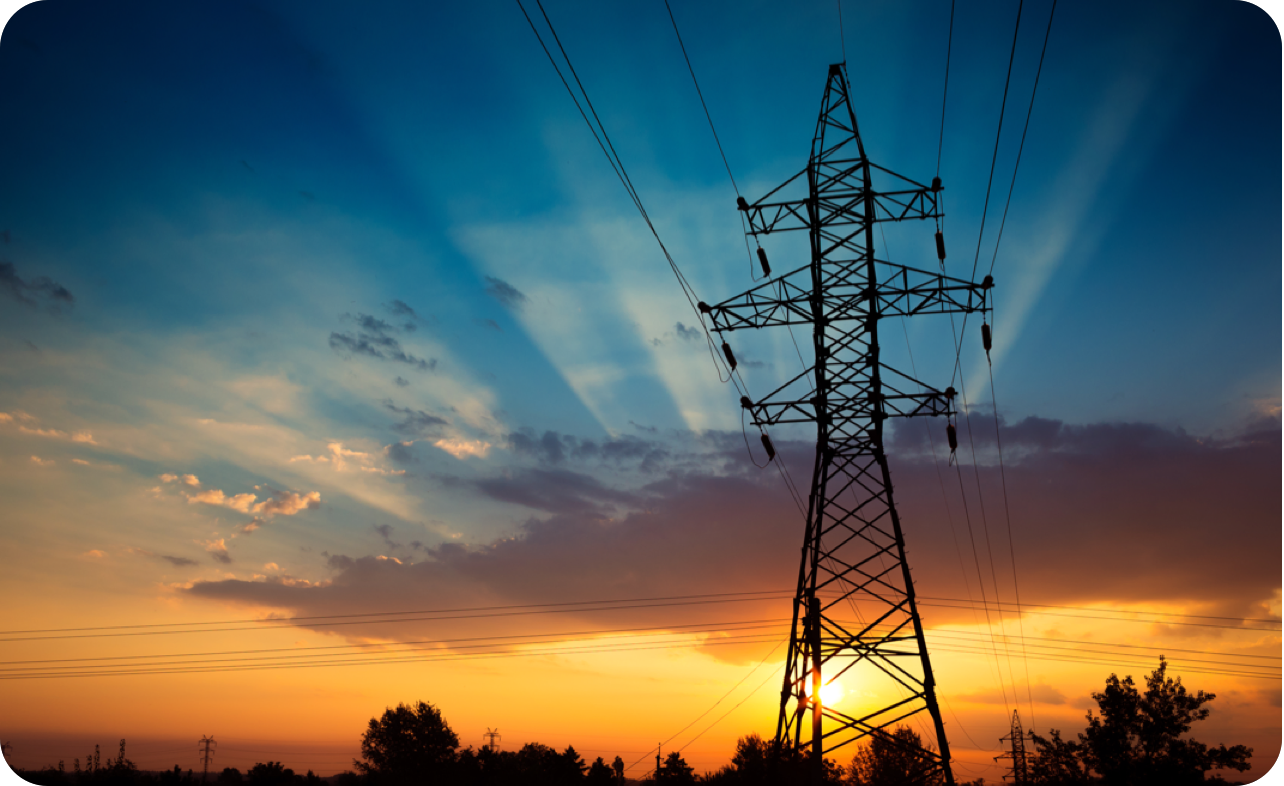
This is the part of the installation that links the distribution network, owned by the distribution company, with the energy point, owned by the consumer. For both low voltage (LV) and medium voltage (MV).
As for its construction, it can be underground or overhead, depending on the type of distribution. In urban areas, for example, it is increasingly common for them to be underground.

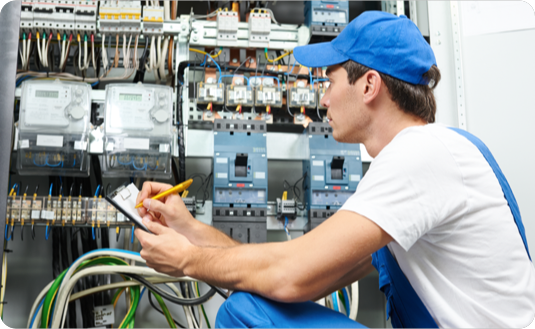
The EIC, Electrical Installation Certificate or Electrical Bulletin is an official document that reflects the main characteristics of your installation, such as the installed power or the maximum power that the installation can supply, above which it cannot be contracted. You will only need it when you carry out a new installation or expand or alter the existing one.
It is issued by an installation company and presented to the competent body of the autonomous community where the installation is located, through its entry in the corresponding register, where it expressly declares that it has carried out the installation in accordance with the requirements of the Electrotechnical Regulations, approved by RD 842/2002 of 2 August and, where applicable, with the specifications approved by the electricity company, as well as with the Project or Technical Design Report.

It is issued by an installation company and presented to the competent body of the autonomous community where the installation is located, through its entry in the corresponding register, where it expressly declares that it has carried out the installation in accordance with the requirements of the Electrotechnical Regulations, approved by RD 842/2002 of 2 August and, where applicable, with the specifications approved by the electricity company, as well as with the Project or Technical Design Report.s
The competent body of the autonomous community must deal with the 5 copies of the EIC, returning 4 to the installation company, two for itself and the other two to the owner, so that the latter can, in turn, keep one copy and deliver the other to the electricity company, a requirement without which the latter will not be able to supply energy to the installation.
A copy of the certificate should be delivered to the distributor for registration, even if you already have an electricity supply. The distributor, who has a record of all the installation certificates from when the connection to the grid was requested for the supply of electrical energy, may request this when there is a substantial change in the conditions of supply: change of type of installation or increase in power due to the extension of the installation or new installation.
We can put you in touch with an electrical installation company through Mapfre MULTISERVICIOS, a leader in repairs and alterations. All you have to do is call 902 136 532.
Safety advice
We want to help you keep your electrical installation safe with these tips.
Follow them and everything will be fine.
-

Children
Keep the little ones safe.
-
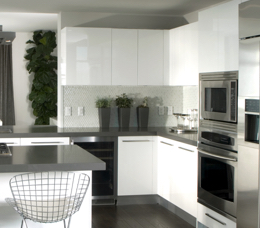
Bathroom and kitchen
Take care with electricity in rooms with high humidity.
-
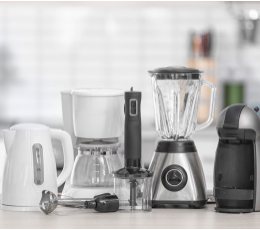
Household appliances
Do not bring them close to sinks or taps
-
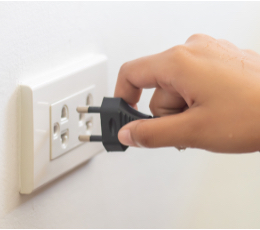
Electrical accident
You have to be prepared for any situation.
If you live with children, follow this advice
Do not leave electrical appliances within reach of children.
Keep sockets you are not using covered with protectors.
Avoid having electrical appliances, loose cables or plugs in the children's room.
Be especially careful with radiators.
Especially in the bathroom and kitchen:
Bathrooms and kitchens have a higher electrical risk as they are rooms with high humidity. Take special care in these rooms.
Do not use electrical appliances near the bathtub or the shower.
Never use electrical appliances with wet hands.
Do not use electrical appliances when you are barefoot.
Do not use a metal object to remove toast stuck in the toaster.
In the kitchen do not use appliances near the tap or in damp places.
To take care of your appliances and your safety
Turn off heating or cooking appliances before leaving your home.
Before cleaning an appliance, unplug it.
o unplug an appliance, never pull the cord, but pull the body of the insulating plug.
Never insert metal objects into appliances in use.
In an emergency situation
Make sure that the injured person is not in contact with any electrical conductor...
If they are, disconnect the power switch and if necessary the main switch. Do not try to detach them by directly grabbing them or by means of metallic elements.
If they are unconscious, try to revive them if you know the techniques, or call 112 immediately.
You might also be interested in ...
Electrical Emergencies
Peace of mind of knowing your electrical breakdowns will be attended to in under three hours.
Power calculator
Find out which is the ideal power for your home in less than 2 minutes.
Smart Solar
Install solar panels in your home and start saving by generating your own green energy.